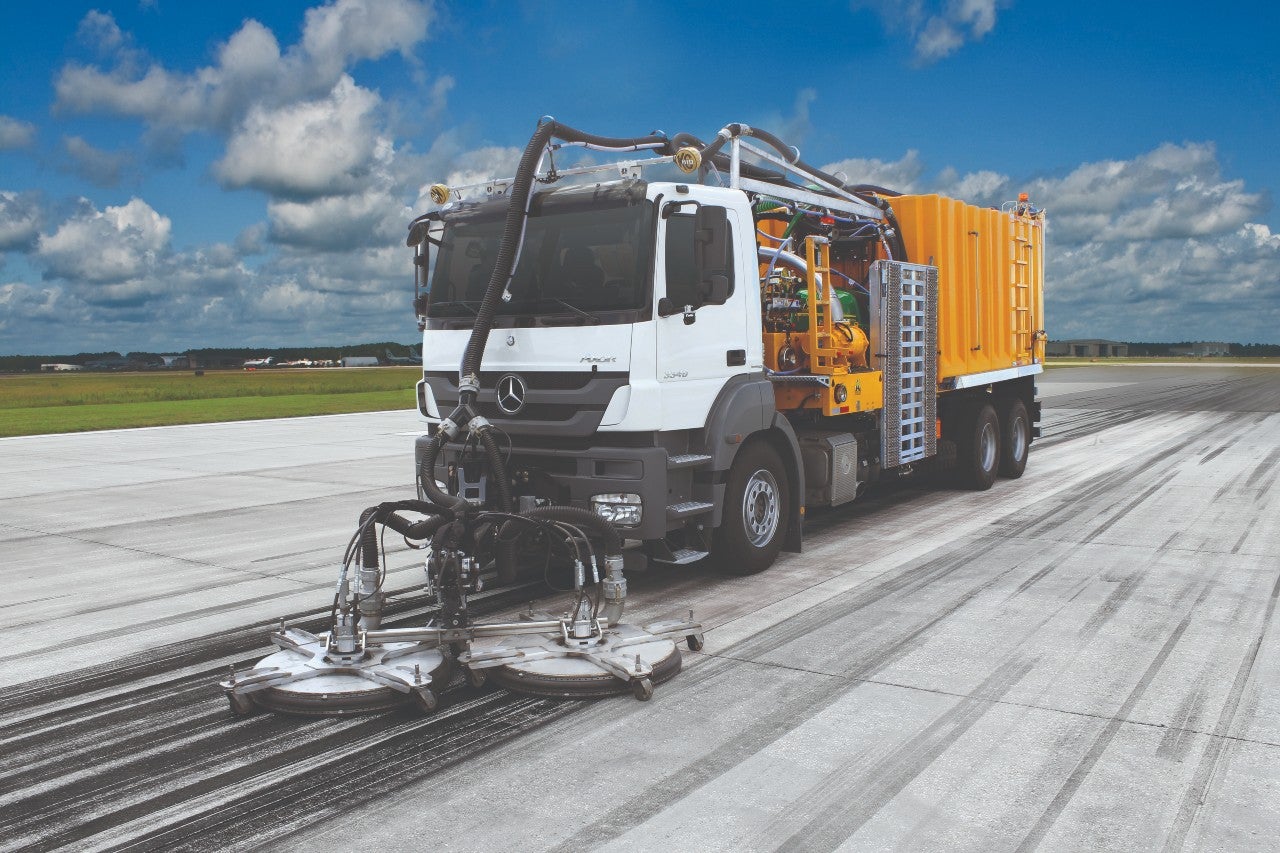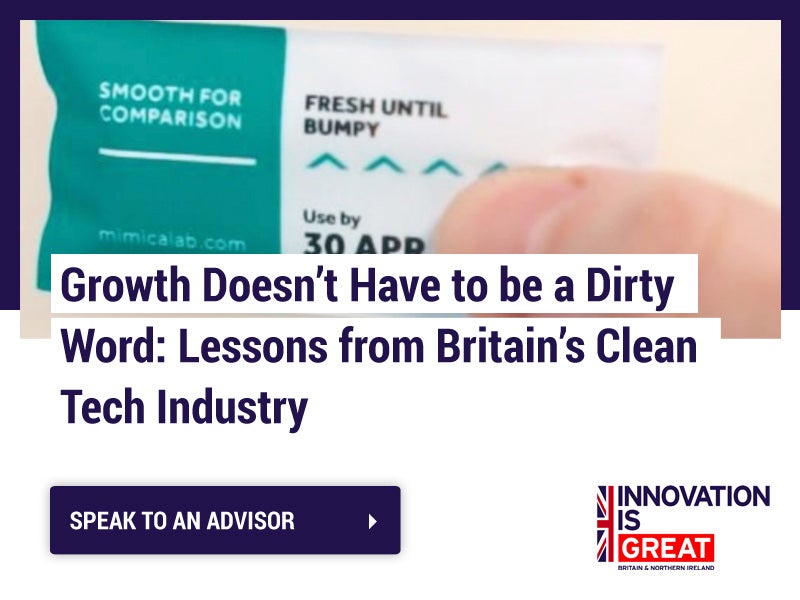
Home to heavy equipment, extreme speeds, harsh materials and constant movement, roadways and runways are highly hazardous areas. As populations put ever increasing demand on transport, maintaining safety is paramount.
Smart roadway and runway management is the first port of call.
“As an operator of an airplane or driver of a vehicle, you are relying on eyes and ears to operate safely,” says Steve Carroll, chief engineer of leading equipment manufacturer Hog Technologies. “It is important to take both of those into account.”
From accounting for bad weather to leveraging the power of technology, Hog Technologies presents five keys to greater road and runway safety.
1. Reduce exposure
For both road and runway users and the people working on them, the fewer people spending time on the ground, the better. Not only can maintenance equipment cause congestion, but people in operating areas are at risk from heavy machinery and debris.
Operations that can be done quickly and efficiently by making the best use of technology reduce these avoidable risks.
“We focus on adding the technology necessary to reduce the number of persons and exposure time in the work environment,” says Carroll.
Hog equipment is high-performance and technologically enhanced, designed to reduce the window of operation and therefore cut risk.
2. Restore friction
Every time an aeroplane lands, it deposits a huge amount of rubber on the runway. This build-up compromises the friction that is essential for a safe landing. It is essential to remove rubber without damaging the surface.
Water blasting equipment is an ideal option for operators.
“With water blasting, you get the highest friction number back immediately after the event. At the same time, it requires less personnel and less time on the runway,” says Carroll. This technique also avoids using solvents, which can damage the surface.
3. Boost reflectivity
The ability of a vehicle driver or aircraft operator to see the markings on a road or runway is crucial to operating safely – but visibility can be limited by conditions such as low light or wet weather. Markings should therefore have the highest possible ‘wet night’ reflective value.
“Water blasters can restore reflective values by removing contamination,” says Carroll. “They can also remove the marking for the purpose of applying a new one, without damaging the surface.”
Advanced grinding technology also enables Hog equipment to produce a sine wave rumble, a precise surface texture which creates more angles, allows visibility even in wet conditions, and reduces the impact on the road.
“It allows you to paint a marking that catches more light,” Carroll explains.
4. Listen
The other crucial sense for safety is hearing. Audible markings called rumble strips can be created on roads to alert drivers when they inadvertently swerve or leave their lane.
In a study on high-fatality roads, an audible marking reduced fatalities by 64%.
“We are spearheading rumbling technology,” says Carroll. Hog’s computer-controlled equipment can cut precise patterns into the surface of the road and allow only one operator to do the job of four.
5. A breath of fresh air
Grinding equipment tends to leave a mess on the roadway or runway. This requires a rotary broom to clear up, which creates a cloud of dust.
The resulting air pollution is a huge health and operational risk.
“It’s an unsafe work environment and unsafe for the traffic that has to go through it,” says Carroll.
This in turn has to be cleared by an air blaster, requiring yet more personnel and operation time.
Hog equipment is designed to control the impact on the air. Advanced grinders with integrated vacuum recovery clean up mess as they go and do the job of multiple pieces of equipment in a fraction of the time.
The right tools for the job
It all comes down to the right equipment, which uses the best technology to ensure that roadway and runway integrity is maintained and safety is championed.
Hog is spearheading computer-controller systems designed with safety in mind. The great news is they also reduce overheads and increase production rates for operators.
Hog’s GH 8000 is a computer-controlled grinding machine. It requires only one operator and has 500 computerised inputs and outputs, meaning it can cut extremely precise patterns, including sine waves. It uses computerisation to manage air quality, and vacuum recovery of debris is integrated.
Furthermore, all of Hog’s equipment is designed to be serviced without the operator having to get underneath it. This is just another way that safety is built in.
Hog takes its responsibility to roadway and runway operators and users seriously, Carroll explains: “Our primary focus is to add safety to the job site.”









